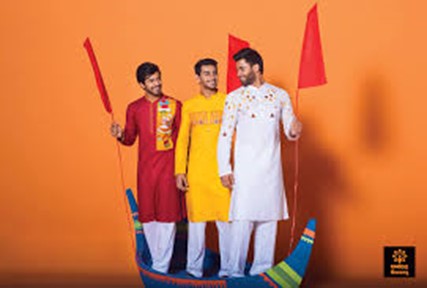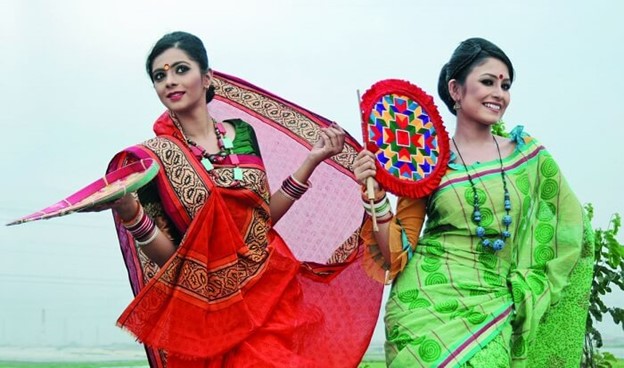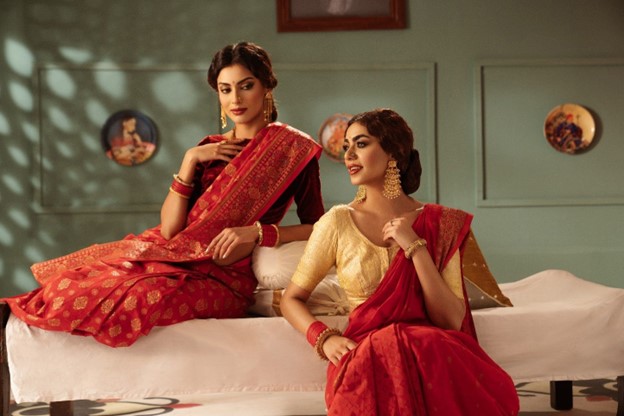May Day marks progress in Bangladeshi labor rights: calls for responsible sourcing from int’l retailers
May Day, a day to recognize the movement and struggle of working people worldwide. The day is celebrated around the world on May 1 every year to honor the workers’ demands. After the independence of Bangladesh, a lot of changes took place in the labor rights as the industries grew over the last 52 years.
Bangladesh has already ratified 36 Conventions including core ones and one protocol of the International Labor Organization (ILO) and still a lot of improvements are underway under the government’s commitment to the ILO’s roadmap for labor rights from 2021 and 2026.

At the same time, the workers have also contributed a lot to the economy over the years with their labor and with their valuable contribution Bangladesh is all set to be graduated to a developing nation in 2026 from the Least Developed Country (LDC).
Bangladesh has already ratified the core convention of the ILO including the rights to freedom of association and collective bargaining at the factory level, whereas other countries like China, the largest apparel supplier globally, yet to ratify those two core conventions, according to ILO.
Roles of manufacturers and global brands
Bangladesh government, private sector employers and the union leaders have been trying to develop the workers’ rights and to improve their lives. Even the labor law has been amending to make it time befitting.
But the international retailers and brands have been putting pressure on the local manufacturer and exporters for lowering the prices of garment items.
The prices are so low that as many as 39 percent of the Bangladeshi garment exporters accept prices below their production costs for the sake of business relations with international retailers, according to a study by the Fair Wear Foundation (FWF) in 2019.
The pressure described isn’t confined to Bangladesh alone. An investigation by Anner in India revealed a similar pattern, where numerous brands drive prices down or resist adjusting for increased labor expenses, thereby fostering resistance among suppliers to raise wages. A comparative analysis conducted by the International Labour Organization highlighted how international brands exert significant price pressures on manufacturers in the garment industry.
Suppliers interviewed across Asia by Human Rights Watch echoed these sentiments, expressing immense strain regarding pricing. One supplier from Pakistan disclosed that international brands set unreasonably low pricing targets. Another representative from Pakistan noted that brands rarely engage in negotiation, instead dictating prices outright.
Furthermore, it was revealed by a third supplier that many brands, despite being informed of the costs associated with raising workers’ wages, have steadfastly refused to adjust their prices. A particularly illustrative case cited by this supplier involved a brand initially expressing interest in ensuring suppliers paid a living wage but retracting this commitment upon realizing the financial implications.
So, the role played by the international retailers and brands for more welfare to the workers is not adequate. The international retailers and brands need to pay better prices to the local exporters so that they can pay more wages to the workers.
Bangladesh is the only country in the world which factory buildings are inspected and remediated by the Accord and Alliance and strengthened the workplace safety.
Moreover, currently, Bangladesh is the global champion in environment friendly green garment factories at 215 having 81 platinum and 120 gold standard, but still the retailers and brands are not paying better prices to the local exporters.
Despite all good efforts and positive changes for improved labor rights still, Bangladesh has to face challenges in international forums.
For instance, the USA and EU frequently have been criticizing the poor labor rights, full freedom of association and collective bargaining rights by the workers and sometimes they are also threatening for withdrawing the trade benefit because of poor labor rights.
The USA suspended the generalized system of preferences (GSP) status for Bangladesh in June 2013 citing the poor labor rights and poor workplace safety.
Bangladesh has already applied to the United States Trade Representative (USTR) twice for reinstatement of the GSP status but the USA government suggested for doing more to establish the labor rights and to make the labor law to the international standard.
The international communities like International Labor Organization (ILO) and the EU have been frequently putting pressure on the government for making the country’s labor law to the international standards although the government is committed to the ILO to implement the roadmap of labor law between 2021 and 2026.
But, the international communities are not putting pressure on the international retailers and brands for increasing the per unit price of the locally made garment items so that both the exporters and workers are benefited.
What the union leaders say
Amirul Haque Amin, President of the National Garment Workers Federation (NGWF) and who has been engaged in trade union over the last 40 years, said in terms of workplace safety Bangladesh improved a lot, but in some cases the implementation of the labor rights needs more focus.
The workplace safety has been strengthened in the garment sector at the cost of many workers in the Tazreen Fashion fire and Rana Plaza building collapse and from the pressure of the international communities, he said.
This union leader also said the wage that has been hiked after a movement last year at Tk12500 per month. The retailers and brands should also pay more as they also committed for increasing the prices for per unit garment with the wage hike of the workers in December last year.
The workers and their children cannot have a good education and good food with this amount and this is scenario also in other sectors. Regarding the labor law this unionist said the labor law has been amended thrice so far, it is underway another amendment for making it more workers friendly.
The labor law should have been win win situation for a healthy industrial relations, he added. The labor law should target three important factors including labor rights, wage for the labor and dignity of the workers.
The labor law should be amended in consultation with the representatives of the Tripartite Consultative Committee (TCC) so that all recommendations can be incorporated in the law.

Md. Towhidur Rahman, President of the National Apparels Workers Federation also echoed the views of Amin.
Rahman also said the labor law was amended under the pressure from the international communities, but many of the provisions of the law needs to be implemented for establishing the labor rights in the country.
Bangladesh needs a time befitting labor law for establishing a warm industrial relation so the country can achieve the goal of industrialization, he said.
Nazma Akter, President of Sammilito Garment Sramik Federation also said the building safety improved and also to some extent the stopping of harassment of workers improved, but still need more to be improved in these areas.
Bangladesh should amend the labor law through Tripartite Consultative Council (TCC) and make it as an international standard by 2026 as committed to the ILO, she added.
In conclusion, Bangladesh has already ratified all the important conventions of the ILO committing a better labor proactive. Workers’ rights to proper wage and dignity should be ensured by the state by establishing the proper labor rights in the country.
























